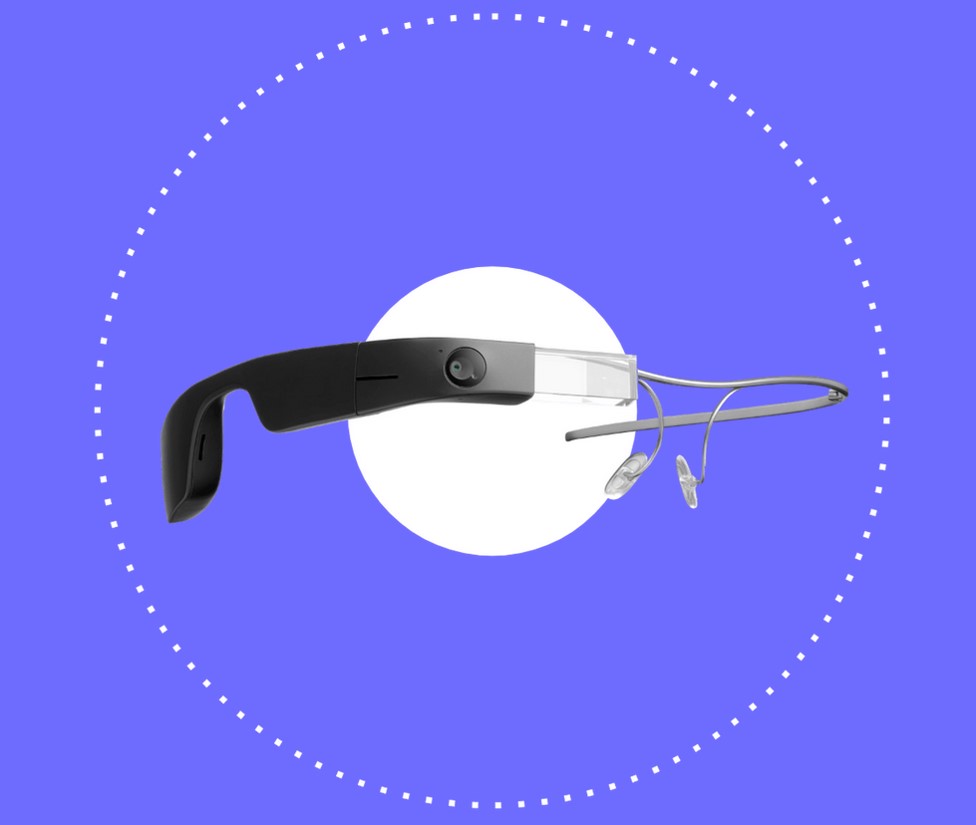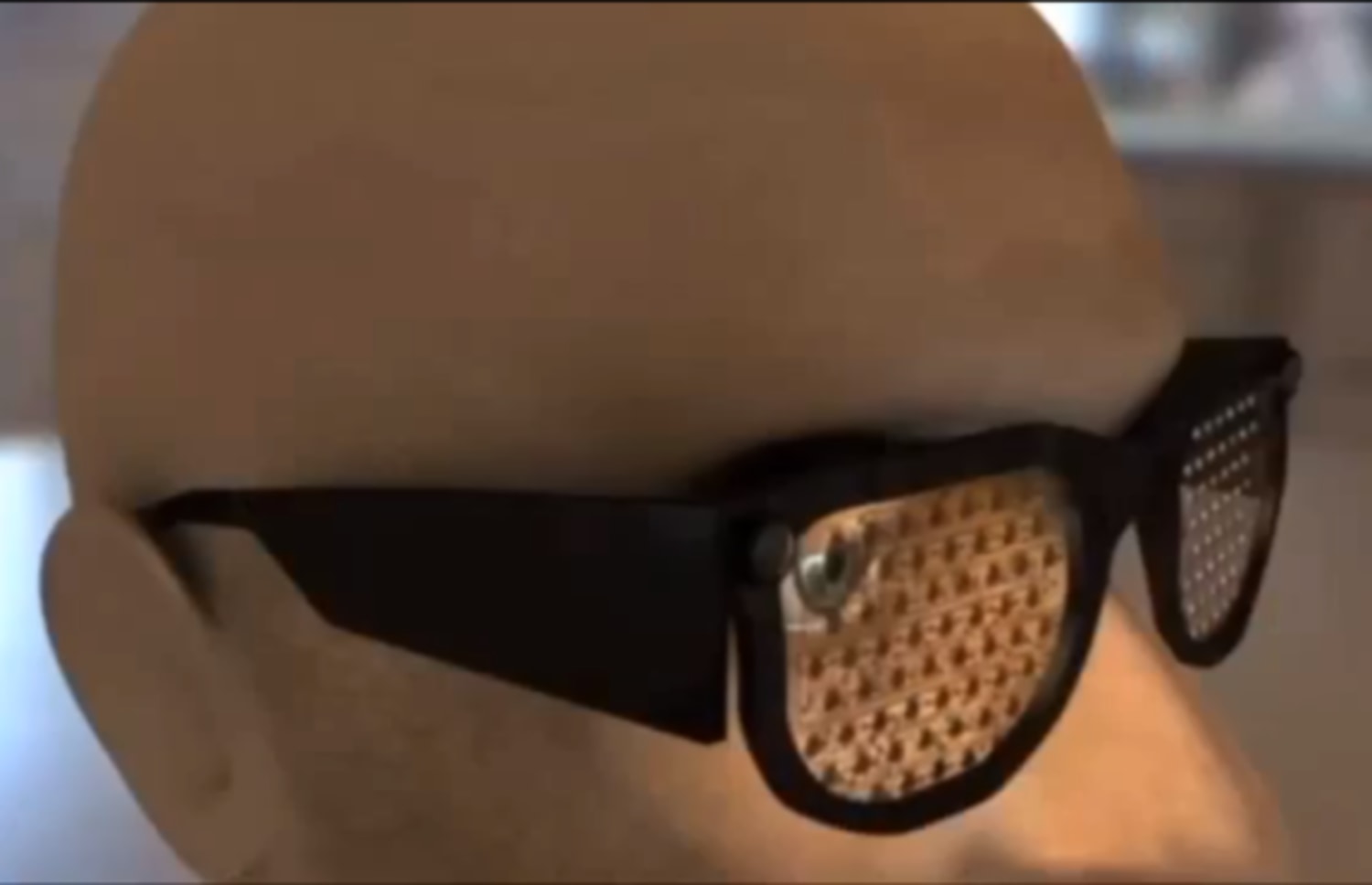Mobility Aids for Visually Impaired Users: Enhancing Independence and Navigation
Empowering Independence With Assistive Technology for the Blind
The assimilation of assistive technology for individuals who are blind or aesthetically impaired represents a substantial innovation in promoting self-reliance and improving high quality of life. With an array of devices-- from display readers to ingenious responsive tools-- these modern technologies not only promote navigating and interaction but also advertise social inclusion and participation in various elements of life.
Comprehending Assistive Modern Technology
Although assistive technology has actually advanced considerably over the years, its essential purpose stays the very same: to improve the high quality of life for individuals with impairments, specifically those who are blind or aesthetically impaired. This innovation includes a broad series of tools and tools that facilitate freedom and performance in everyday tasks.
Assistive technology can be classified into low-tech and state-of-the-art solutions, each designed to fulfill certain requirements. High-tech tools commonly consist of software applications, specialized equipment, and adaptive gadgets that use advanced innovation to give support in numerous contexts. Conversely, low-tech solutions may entail everyday items that are customized to boost availability, such as magnifiers or tactile pens.
The assimilation of assistive technology right into the lives of individuals who are blind or aesthetically hindered not only advertises freedom yet also cultivates social incorporation and involvement in instructional and specialist settings. By leveraging these modern technologies, users can browse their environments, access info, and communicate effectively, thereby improving their general lifestyle. Understanding assistive modern technology is important for caretakers, specialists, and advocates that aim to support people in maximizing their possible and attaining higher independence.
Sorts Of Assistive Gadgets
Assistive gadgets for the blind and visually impaired are crucial tools that enhance daily living by attending to details difficulties run into by individuals. These tools can be generally categorized into three major types: optical tools, electronic devices, and sensory gadgets.

Sensory gadgets, such as Braille displays and tactile maps, offer different means to get info. Braille presents transform electronic message right into Braille, allowing users to check out touch. Tactile maps provide spatial understanding via raised structures and lines, permitting better environmental understanding.
Together, these assistive gadgets encourage individuals with visual problems to involve more completely with their surroundings, promoting higher freedom and confidence in everyday activities.

Effect On Daily Life
The assimilation of assistive technology into the day-to-days live of individuals that are blind or visually damaged significantly boosts their capability to browse and communicate with the globe around them. Tools such as screen viewers, Braille displays, and mobile applications promote accessibility to info, allowing individuals to engage with digital content, communicate properly, and manage daily tasks individually.
Furthermore, technologies like wise glasses and navigation applications offer real-time help in unknown settings, enhancing movement and confidence. These devices allow customers to identify barriers, read indications, and even recognize faces, hence promoting a feeling of autonomy in public spaces. In addition, home automation systems, which can be regulated with voice commands, permit people to manage their living settings better, boosting comfort and safety.
The impact of assistive modern technology extends beyond sensible jobs; it promotes social incorporation and psychological health. By connecting the gap in between individuals and their environments, these innovations empower customers to participate fully in area activities, seek academic opportunities, and engage in meaningful connections. Ultimately, the advancement of assistive technology is important in redefining the possibilities for individuals who are aesthetically damaged or blind, causing an extra accessible and comprehensive culture.
Success Stories and Reviews

Another powerful endorsement comes from Mark, a recent college graduate who made use of display analysis software throughout his academic journey. This innovation allowed him to access course materials and take part in conversations, inevitably causing his successful transition into the labor force. Mark credit reports assistive modern technology for equipping him to achieve his job objectives, emphasizing its duty in leveling the having fun area for individuals with visual problems.
Additionally, recreation center have reported raised involvement in their programs many thanks to the introduction of easily accessible electronic platforms. These systems have made it less complicated for individuals to link, share resources, and assistance one another. These success tales jointly highlight the profound result of assistive innovation in promoting self-reliance, boosting lifestyle, and breaking down obstacles for the blind and visually damaged neighborhood.
Future Patterns in Assistive Technology
Arising modern technologies are poised to transform the landscape of assistive tech for people that are blind or visually damaged. Technologies in expert system (AI) and artificial intelligence are boosting the capacities of gadgets, allowing even more user-friendly customer experiences. AI-driven applications are significantly able to review and acknowledge objects message out loud in real-time, offering customers with important details about their environments.
In addition, innovations in wearable modern technology are developing brand-new possibilities for self-reliance. Smart glasses geared up with enhanced reality features can overlay crucial info onto the user's field of view, facilitating navigating find more information and communication with the environment. Furthermore, the integration of Net of Points (IoT) gadgets is improving access in clever homes, allowing customers to manage devices and get alerts through voice commands or responsive user interfaces.
The advancement of braille displays and tactile comments systems is additionally on the rise, promoting accessibility to electronic content and enhancing interaction. As these technologies continue to develop, they assure to boost daily living, academic possibilities, and employment potential customers for individuals with aesthetic impairments. Constant cooperation in between engineers, customers, and advocacy groups will be important in ensuring these technologies meet the requirements of the area successfully.
Verdict
To conclude, assistive innovation plays an essential duty in enhancing the self-reliance of individuals that are aesthetically impaired or blind. By site here providing necessary tools and sources, these technologies promote enhanced navigation, interaction, and access to details, therefore cultivating autonomy and self-esteem. The transformative impact of assistive gadgets not only promotes reliable communication with the environment however additionally encourages social addition and participation in different aspects of life, inevitably encouraging customers to flourish within their communities.
The combination of assistive technology for individuals who are blind or aesthetically impaired represents a considerable development in cultivating independence and boosting top quality of life.The assimilation of assistive modern technology into the lives of people who are blind or aesthetically harmed not just promotes autonomy but also promotes social inclusion and involvement in educational and expert atmospheres. Ultimately, the advancement of assistive modern technology is instrumental in redefining the possibilities for people that are blind or aesthetically damaged, leading to a more inclusive and easily accessible culture.
Several people that are blind or aesthetically damaged have shared inspiring success stories that highlight the transformative effect of assistive innovation on their lives.In conclusion, assistive modern technology plays an essential function in improving the self-reliance of people who are visually damaged or blind.